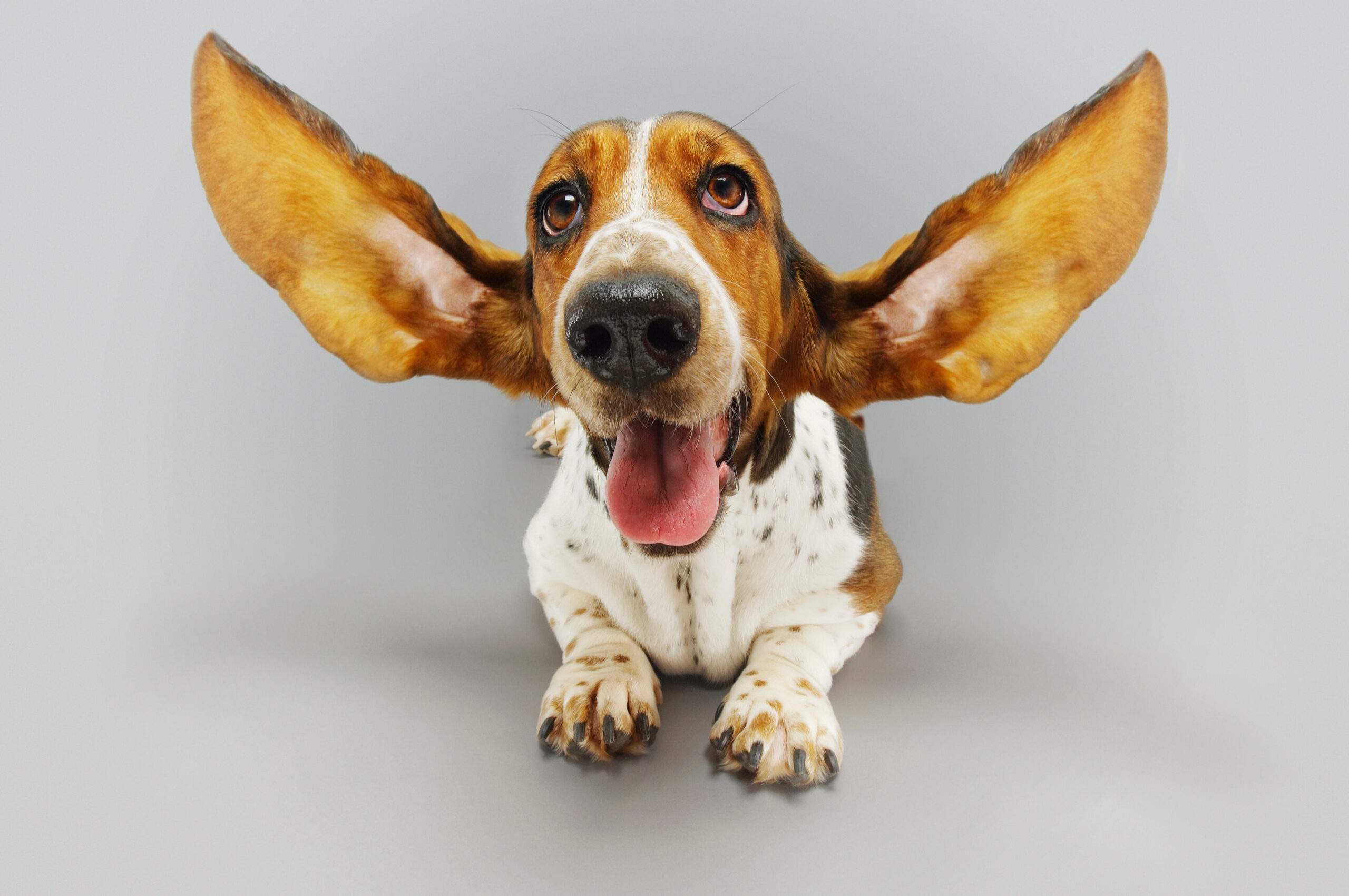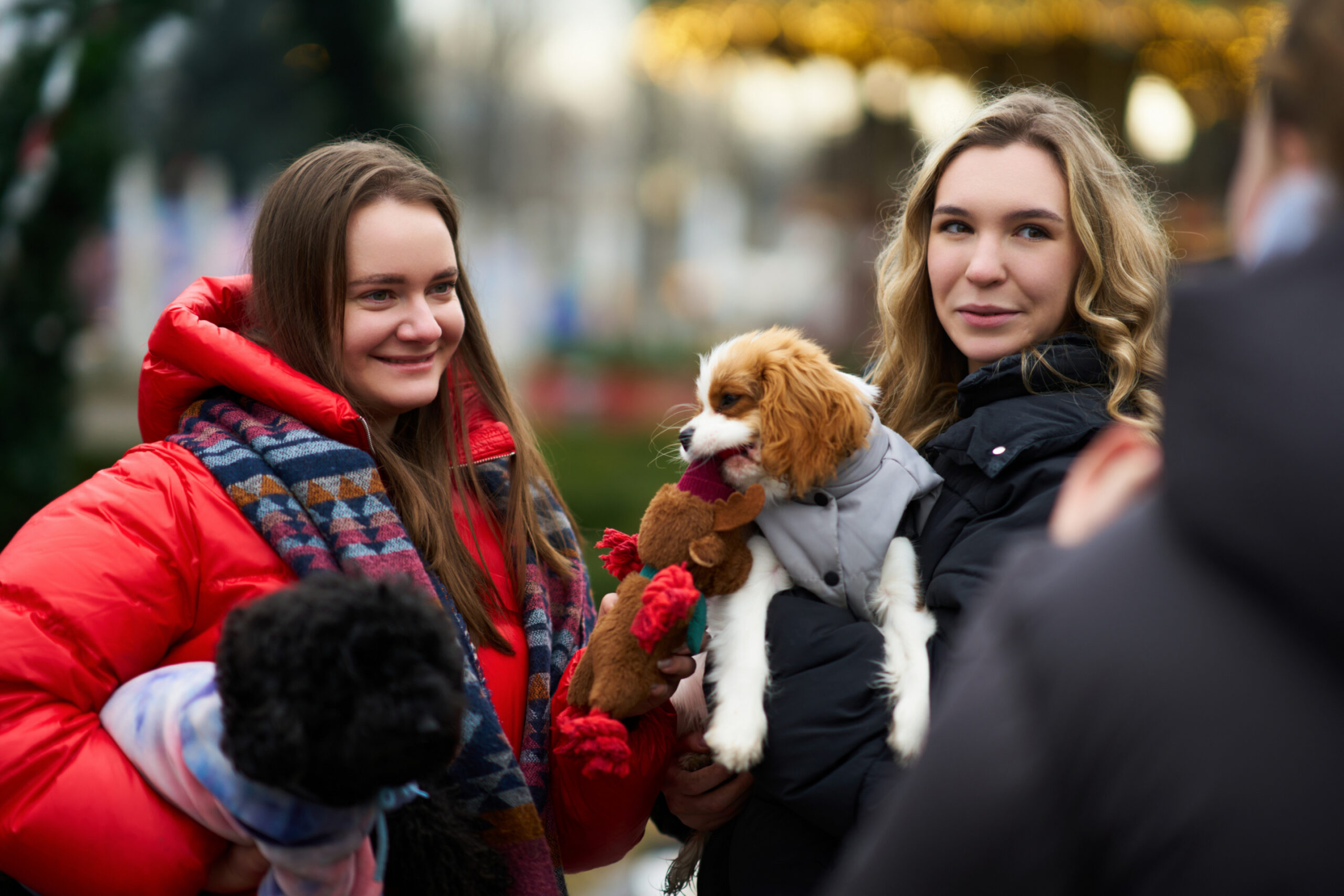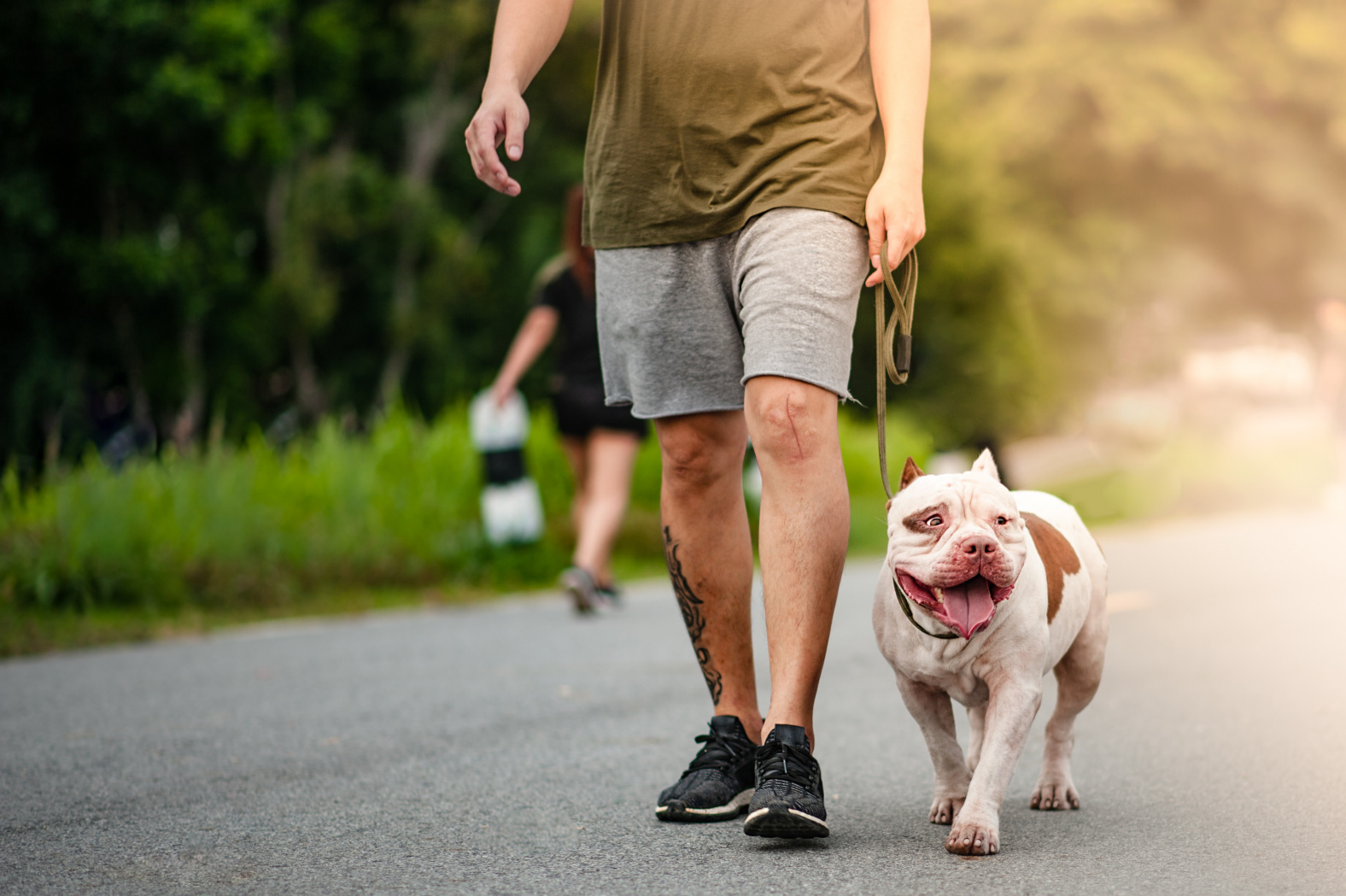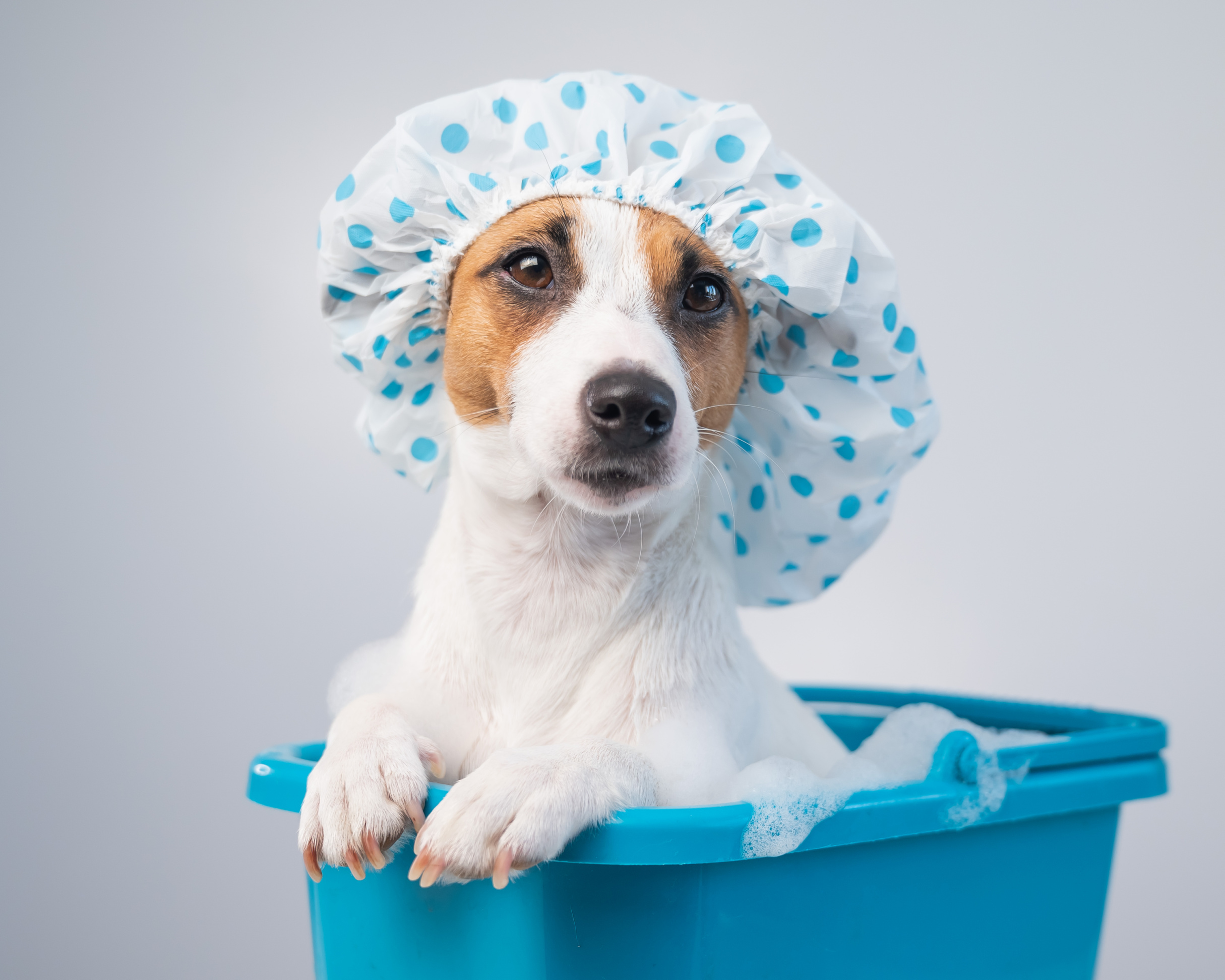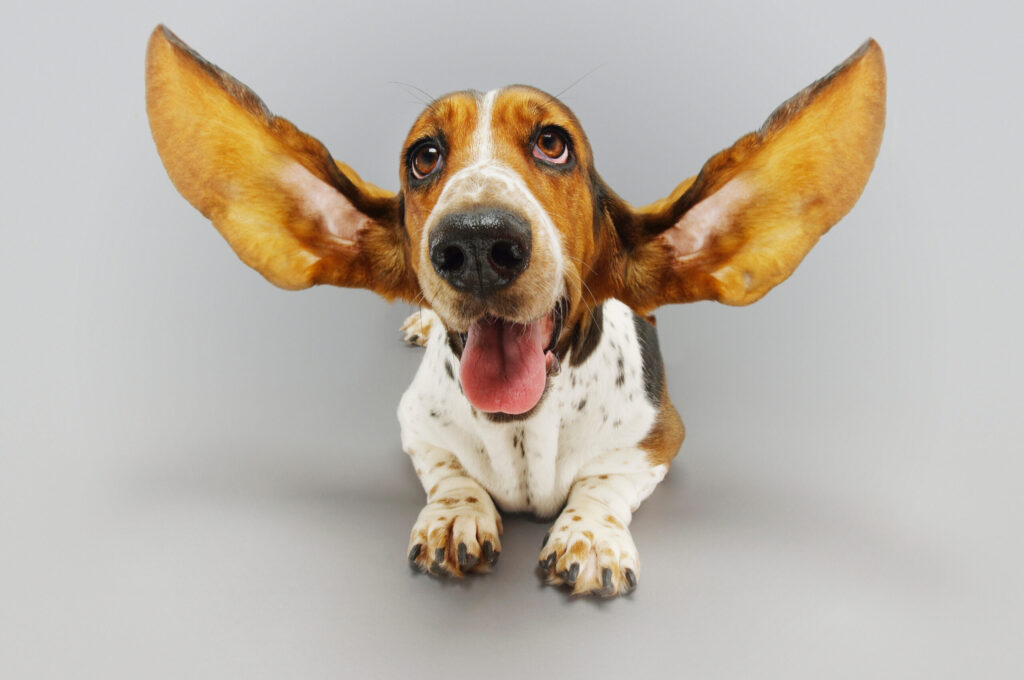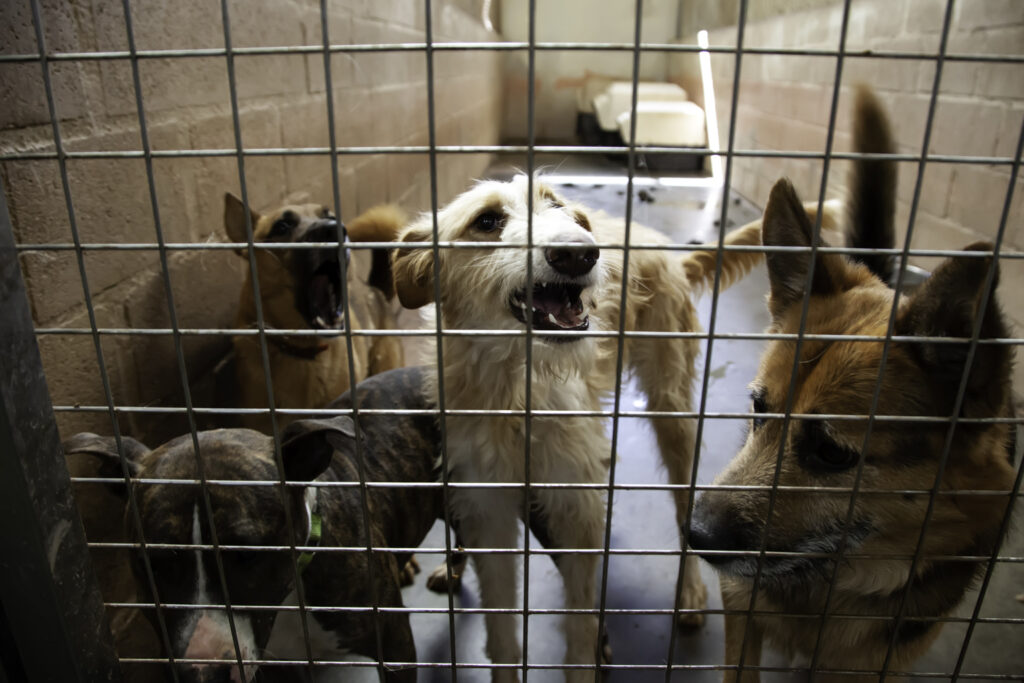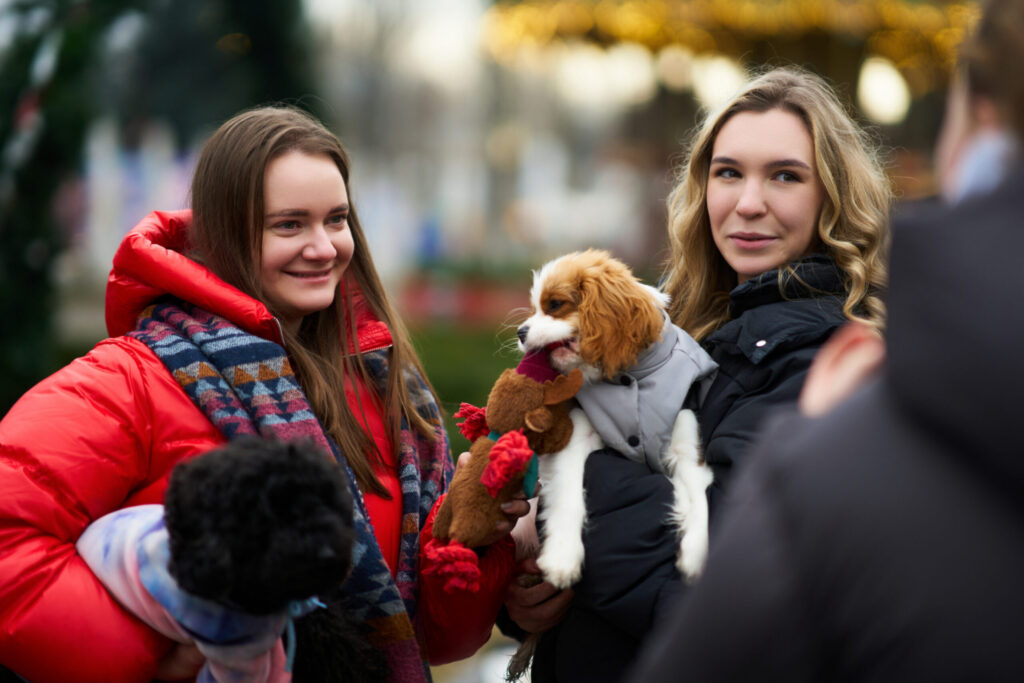Respect the Snout: The Science Behind a Dog’s Powerful Sense of Smell
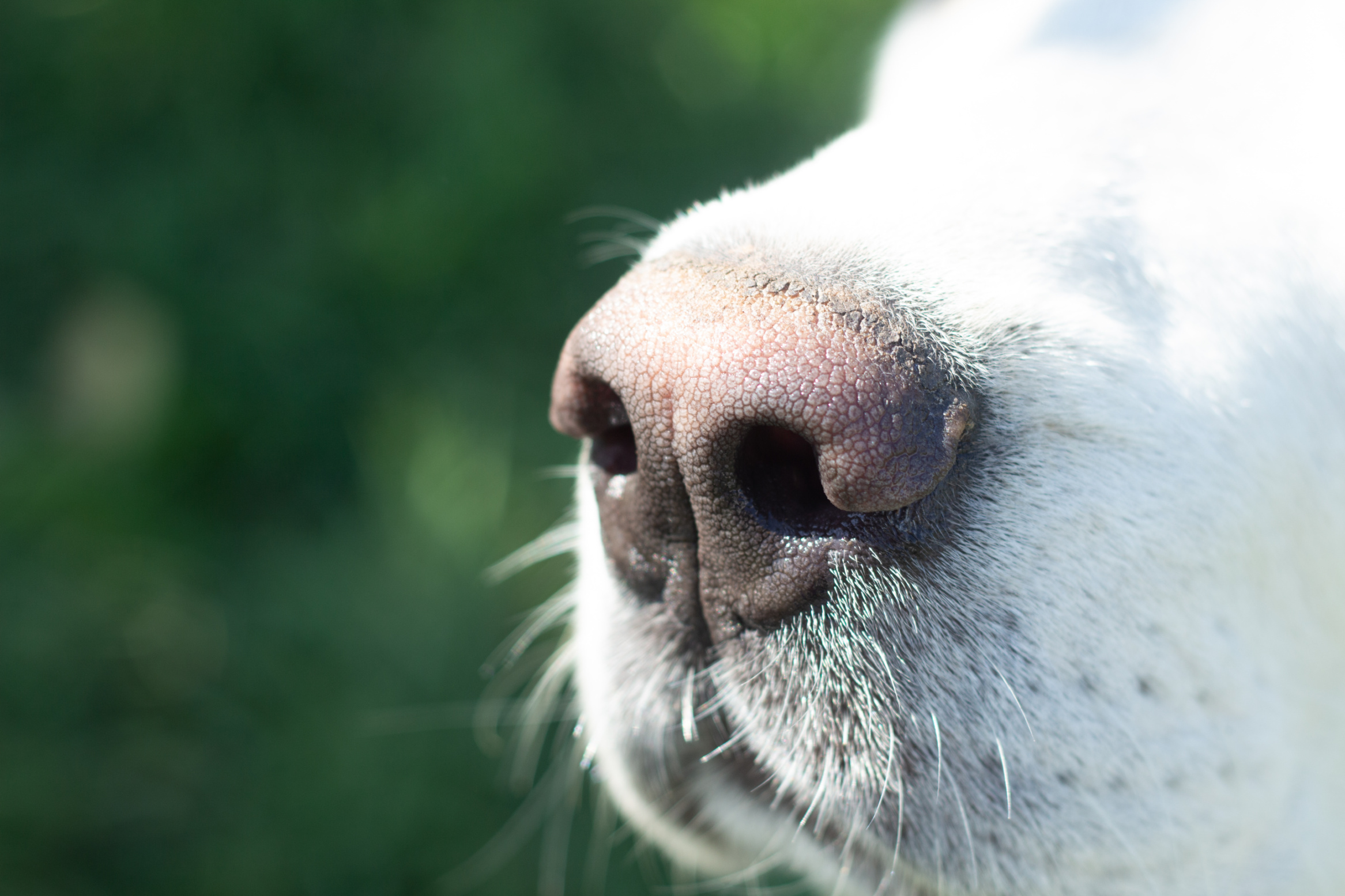
My dog training instructor, Anthony Jerone, served in Vietnam. At 19 years of age, he was tasked with training dogs to sniff out underground tunnels built by the enemy. When the dog found a tunnel, they were trained to sit, thus indicating that they had achieved the objective. One day, Anthony and his dog were leading a unit on patrol. Suddenly, the dog stopped and sat. A tunnel had been located. No sooner had the dog sat down than someone appeared from the hidden tunnel, grenade in hand, with the pin already pulled. The unit was able to act quickly and neutralize the situation without any American lives lost. All because a dog found a tunnel—with its nose. This got me thinking: if a dog can sniff out a tunnel, do they really need our hands in their face to be able to catch our scent?
The answer is no. This same instructor informed us in one of his classes that the average dog can smell a drop of pee in 13 gallons of water. Further proof that a dog’s sense of smell is superior to our own in every way. One of the greatest teachers I had that showed me how fantastic a dog’s sniffer was, was my Beagle Gaston. Just for context, Beagles have over 225 million olfactory sensory receptors. Humans have a mere 5 million. One Christmas, Gaston located my husband’s backpack, which was zipped up and sitting on the floor. He unzipped the backpack and proceeded to remove and eat 4 chocolate Santas and a few lollipops. Luckily, he was OK, and we learned to never leave food in a bag on the floor ever again. Out of all the bags he could have explored, he located the one with the food, which was wrapped up and buried in a zipped backpack.
Dogs are trained to search for people buried in rubble. They can be trained to detect cancer. They know how to sense when someone is about to have a seizure. They can alert someone when a migraine is about to hit them. So why, why, why, do we think that in order to see if a dog wants to say hi to you or not, the FIRST thing you need to do is to stick your hand in their face so that they can get…your scent? News flash, that dog smelled you coming even before you saw them!
So, we’ve already gone over how absurd it is to think that a dog doesn’t know your scent until your hand is invading their personal space. But why is this a bad practice from a behavioral perspective? Dogs take personal space very seriously. Some dogs are ok with their immediate area being suddenly invaded with a dangling appendage. They don’t like it, but they can cope. Many dogs, however, are not so patient. These are the dogs that I work with on a regular basis. Spatially sensitive dogs need time to warm up to new individuals. This means a slow approach, and sometimes not petting them at all. When we rush towards dogs like this, it immediately puts them on the defensive. And if there is no advocate, they resort to biting. Not because they are aggressive. But because other signs were not read so they felt they had no choice but to react to end the threatening situation. Sticking your hand in a dog’s face is akin to hugging someone you don’t know before respectfully introducing yourself first. It’s just plain rude!
Becoming a dog’s best friend means treating them like a dog. First and foremost, understanding that they have an uncanny sense of smell. Their nose is superior to our own in every way. And smell is the FIRST sense they use when introducing themselves to a new situation. A dog will tell you whether or not they want to interact with you from the moment they smell you…which happens way sooner than you realize. Forcing human principles on them, the belief that you need to be in their face in order to see if they want to say hi, is a great way to deter a relationship from ever blossoming. So, the next time you see a dog walking down the street, do them a favor…keep your hands to yourself!
RECENT





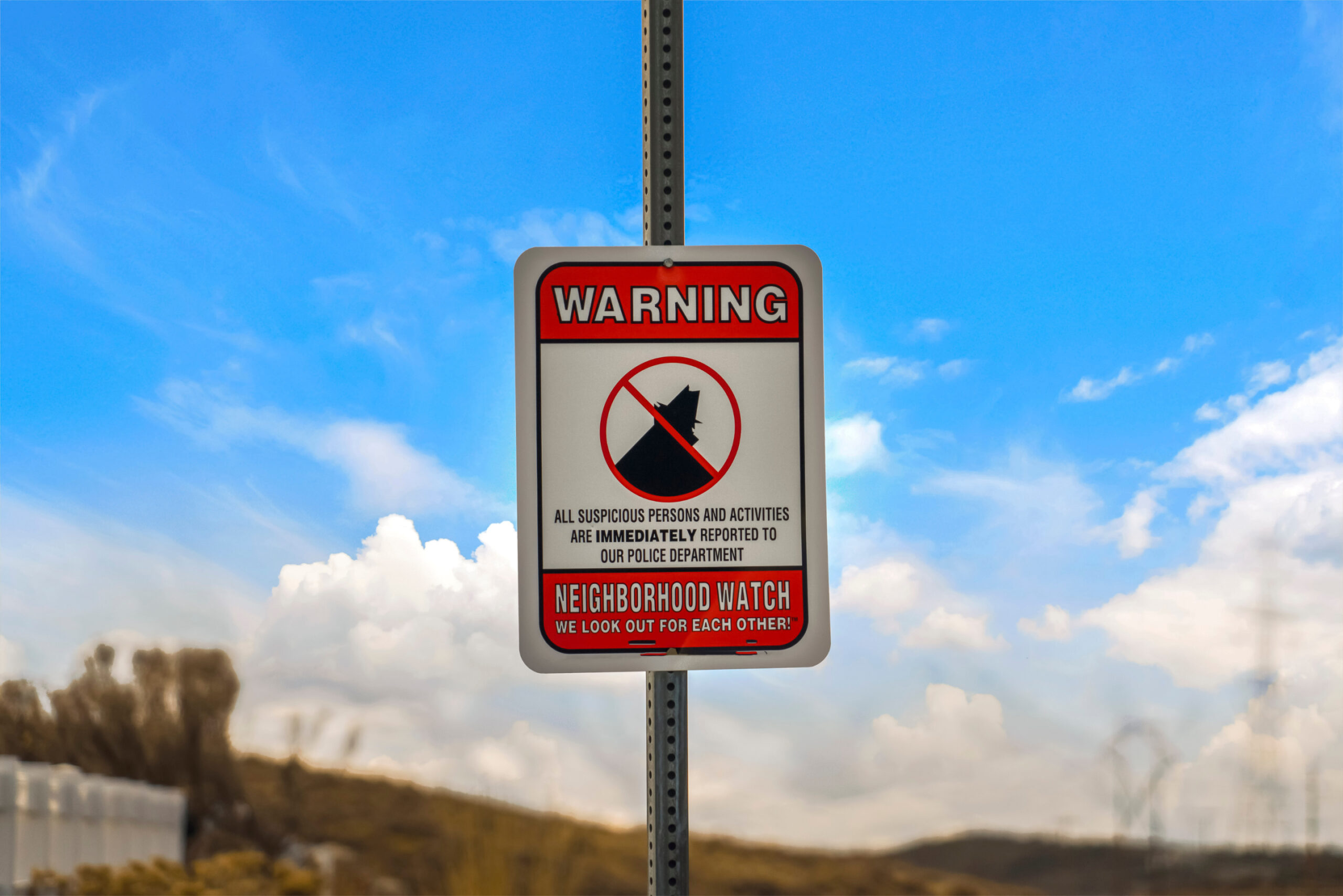
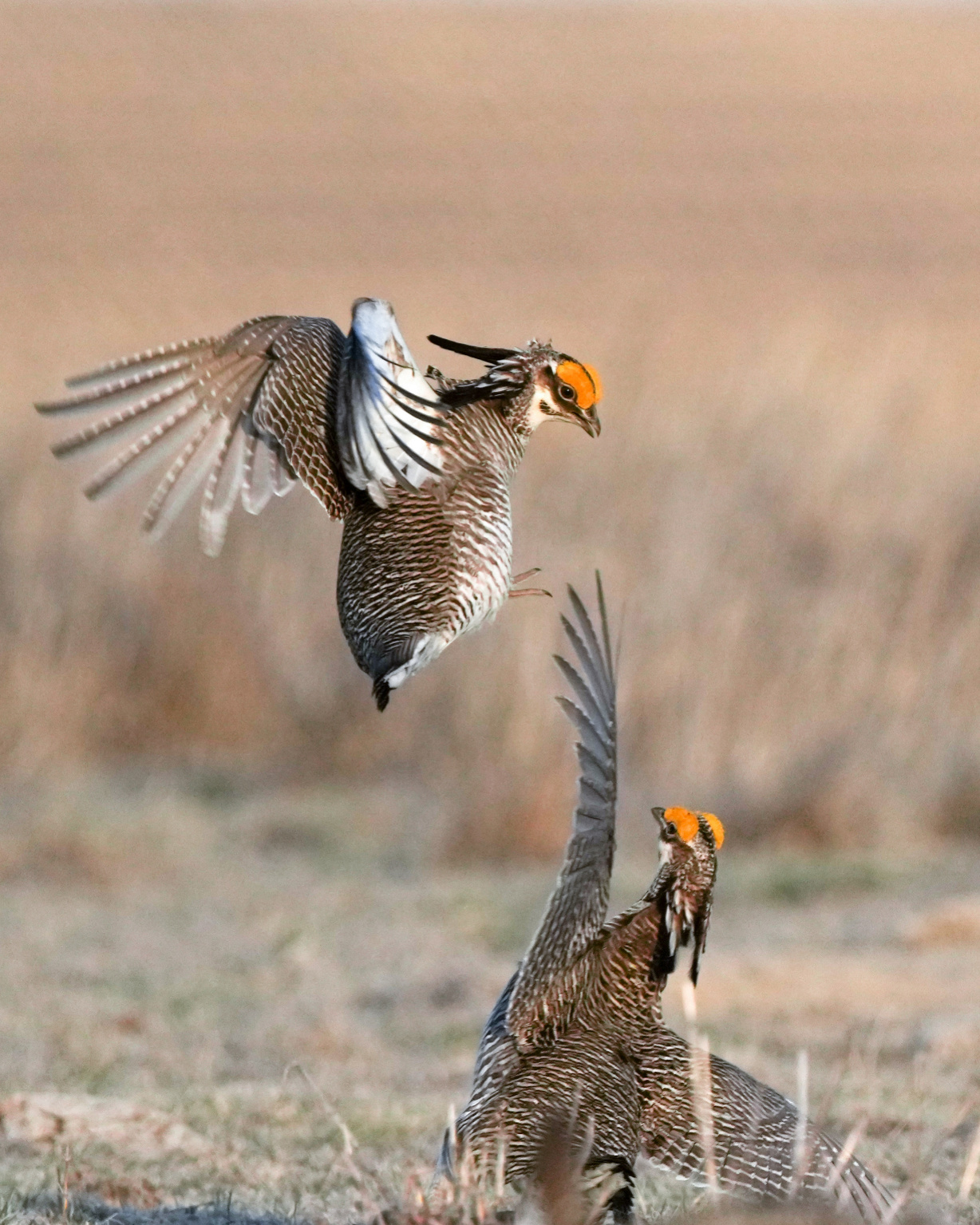


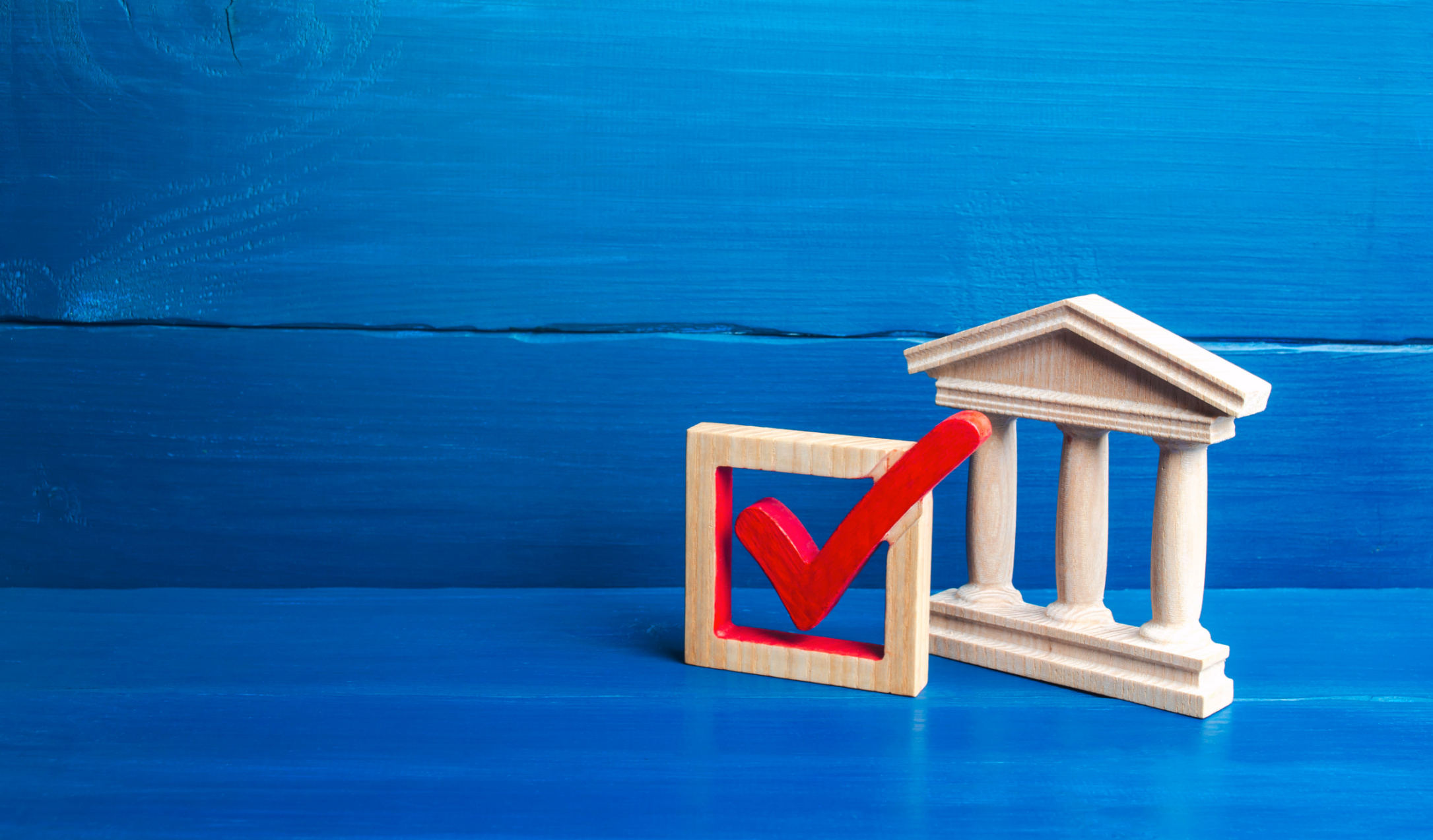
BE THE FIRST TO KNOW
More Content By
Kate McCue